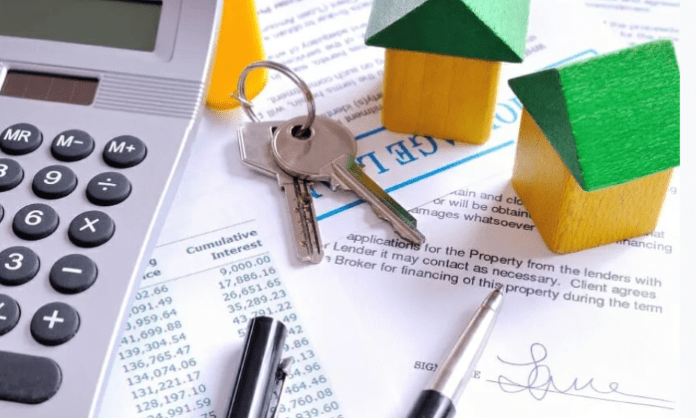For most people, owning a home is THE American dream. After all, who wouldn’t want to have a property they can call their home?
Some people have the funds to buy a house instantly but for the majority of Americans, getting a mortgage is the first step toward the American dream.
At its essence, a mortgage is a loan you can use to buy your house. There are different types of mortgage financing, but they are similar to other kinds of loans. The process is straightforward: you borrow a certain amount from your local mortgage lender, pay the interest and get the payment done in a certain number of years.
How Do Mortgage Loans Work?
Once you’ve found a potential house and the right lender, your mortgage joins your list of payments. Most likely, you’ll be paying this off for the next 15 to 30 years. It’ll be a part of your “buying a home timeline.”
One way to pay off your loan faster is by offering a larger down payment. This is a percentage of the total amount of your loan that you pay upfront. In most cases, loan buyers pay between three and 20 percent of their home’s total home price. The exact percentage that you pay depends on the mortgage type. But in general, the higher your down payment, the less time you’ll spend repaying your loan.
Another thing about loans: whether you can afford to pay only 10 to 15 percent of your mortgage, your payment will most likely stay the same during the loan’s duration. However, the amount that goes to your principal (the balance you owe prior to the interest) and the amount that goes to your interest do not stay the same. This is known as amortization. During the early days of your loan, much of your payment will pay for the interest. Eventually, the percentage will cover your principal.
Apart from these payments, you also have other monthly expenses like homeowners insurance and property taxes – both of which are infamous for fluctuating every year. Fortunately, many lenders set up an escrow, which manages these expenses for you.
What is Included in a Mortgage Payment?
This is the big number that you pay off, aka the one that should decrease over time as you make payments monthly.
This is the amount your lender receives in exchange for the loan. Most lenders set a fixed interest rate while others change over the life of your mortgage. The interest also depends on different factors like income level and the borrower’s credit score.
Homeowners insurance. This protects you and your home’s value from events beyond your control (aka perils). If you fall victim to theft or fire, homeowners insurance can help you get back on your feet.
Property taxes: These taxes are based on the assessed value of your residential property. Homeowners pay property taxes to their local governments. The amount of the property taxes depends on the location of your home. In some cases, the property tax is higher in some states compared to others.
How Long Do Mortgages Last?
The length of the mortgage is referred to as the loan term. In general, most loan terms are either 15 or 30 years. In some special cases, you can get loan terms that last for five years while others are stretched to 40 years.
No matter what your loan term is, however, keep in mind that two factors impact your loan term: the monthly payment and the interest. As a result, two types of loans are set according to terms: short-term and long-term.
With short-term loans, you pay less interest over time. However, you’ll have larger monthly payments. On the other hand, longer loan terms have smaller monthly payments but you’ll have a longer time to pay them off.
How Can I Get a Mortgage?
Start by getting your mortgage pre-approved. Shop around for mortgages to determine which type falls within your budget. Talk with qualified lenders to also find out the price range you qualify for. During the pre-approval process, your lender will review and verify your information to determine the amount you can borrow, as well as the house you can afford.
Once you’re pre-approved for a mortgage, shop around for your new home! Your lender will be a constant presence in your house hunt until you’ve made an offer on a potential home.
The American dream could be closer than you think, but you’ll need some financial assistance along the way. This is where a loan can help you out. Find the right lender to start living your American dream.


